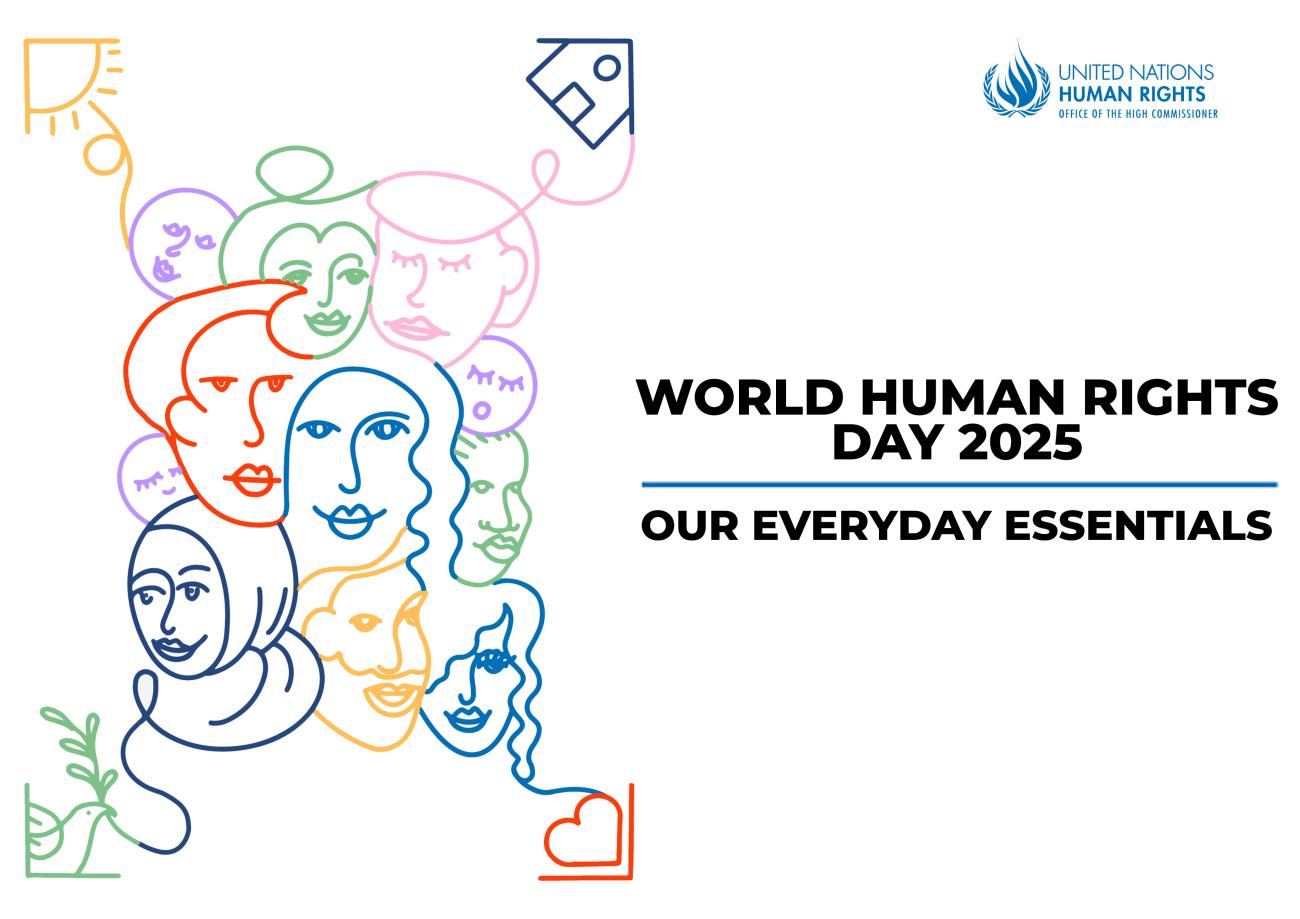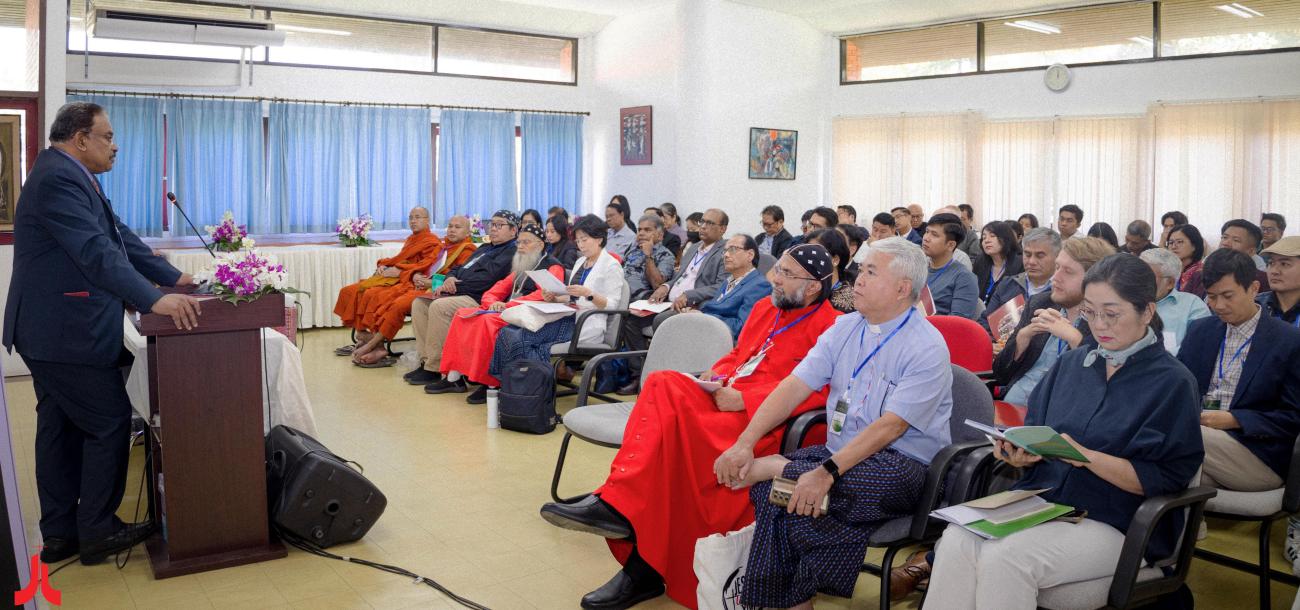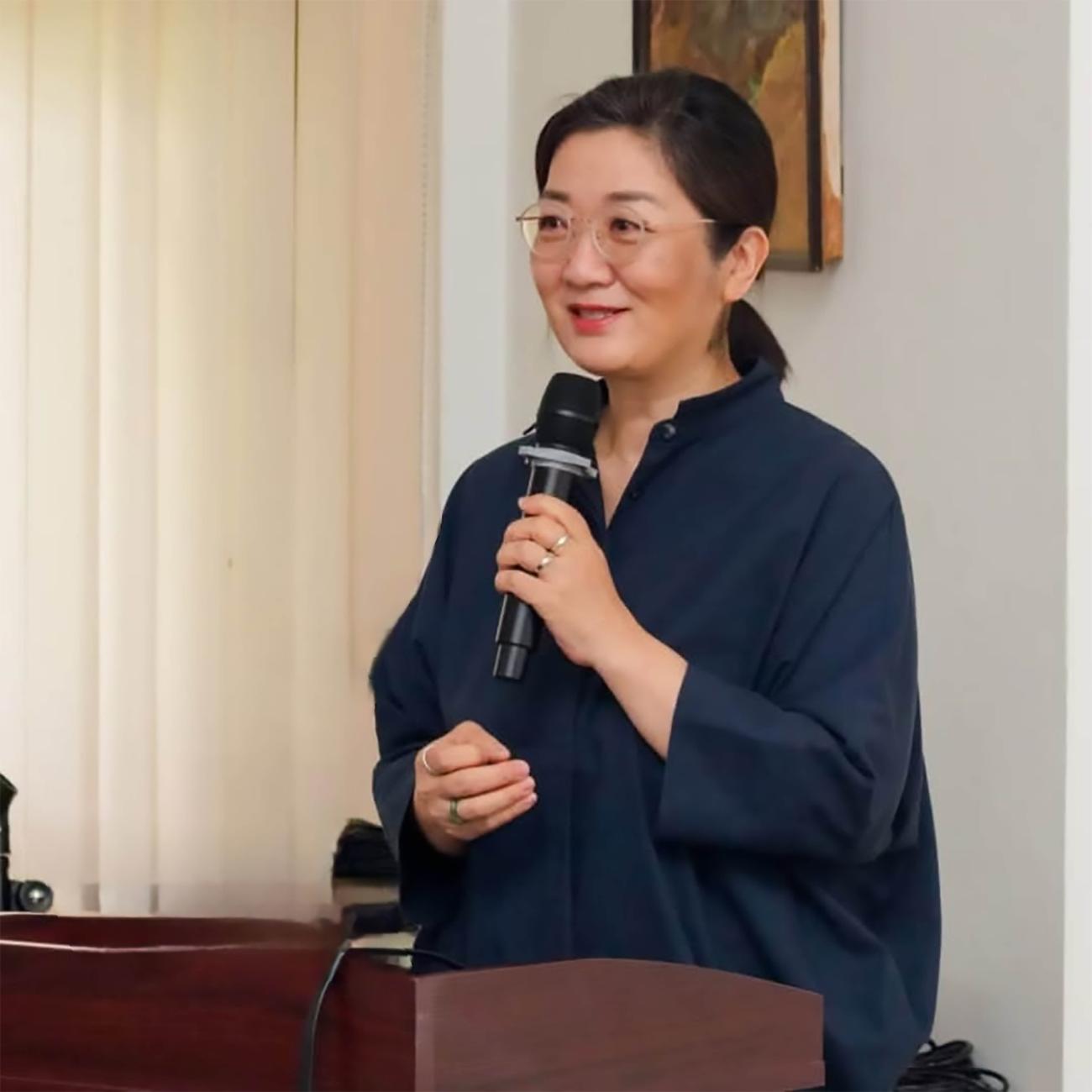“A quarter of land life could be killed by warming”

More than 1 million plants and animal species- a quarter of all life on land, could become extinct by 2050 because of man-made climate change, scientists say.
The main reason for this change, according to an article in the British journal Nature, is green house gases, which trap heat in the atmosphere.
“An immediate and progressive switch to technologies that produce little or no new greenhouse gases, combined with active removal of carbon dioxide from the atmosphere, could save a million or more species from extinction,” lead author Chris Thomas, a biologist from the University of Leeds, said.
Professor Thomas’ team studied six regions rich in biodiversity, representing 20 per cent of the planet’s land area, and made projections for the survival of 1,103 species between 110 and 2050, using elaborate computer models.
Three scenarios for expected climate change were used in the models – a minimum expected total rise of between 0.8 and 1.7 degrees Celsius by 2050; a mid-range scenario increase of 1.8 to 2 degrees; and the maximum rise of more than 2 degrees during the period.
The six areas studied by the scientists were Australia, Brazil, Costa Rica, Europe, Mexico and South Africa.
Australia would lose more than half its 400 butterfly species by 2050, thanks to global warning.
Brazil’s Cerrado area, a savannah with a wealth of plant and animal species, could lose between 39 and 48 per cent of its flora – thousands of plants whose medical or scientific benefits will never be known.
The head of the UN Environment Program, Klaus Toepfer, warned that “the figure of 1 million may be an underestimate”, since it only counts the extinction of species due to climate change, without taking into account a “ripple effect” that could also kill off interdependent plants and animals.
Dr. Toepfer said humans would suffer from the consequences of global warning, the result of their dependence on fossil fuels.
He called the study an alarm which “underlines again to the world the importance of bringing into force the Kyoto Protocol”, the international agreement to reduce greenhouse gas emissions which the United States has refused to adhere to.
(Source: South China Morning Post, January 9, 2004)








